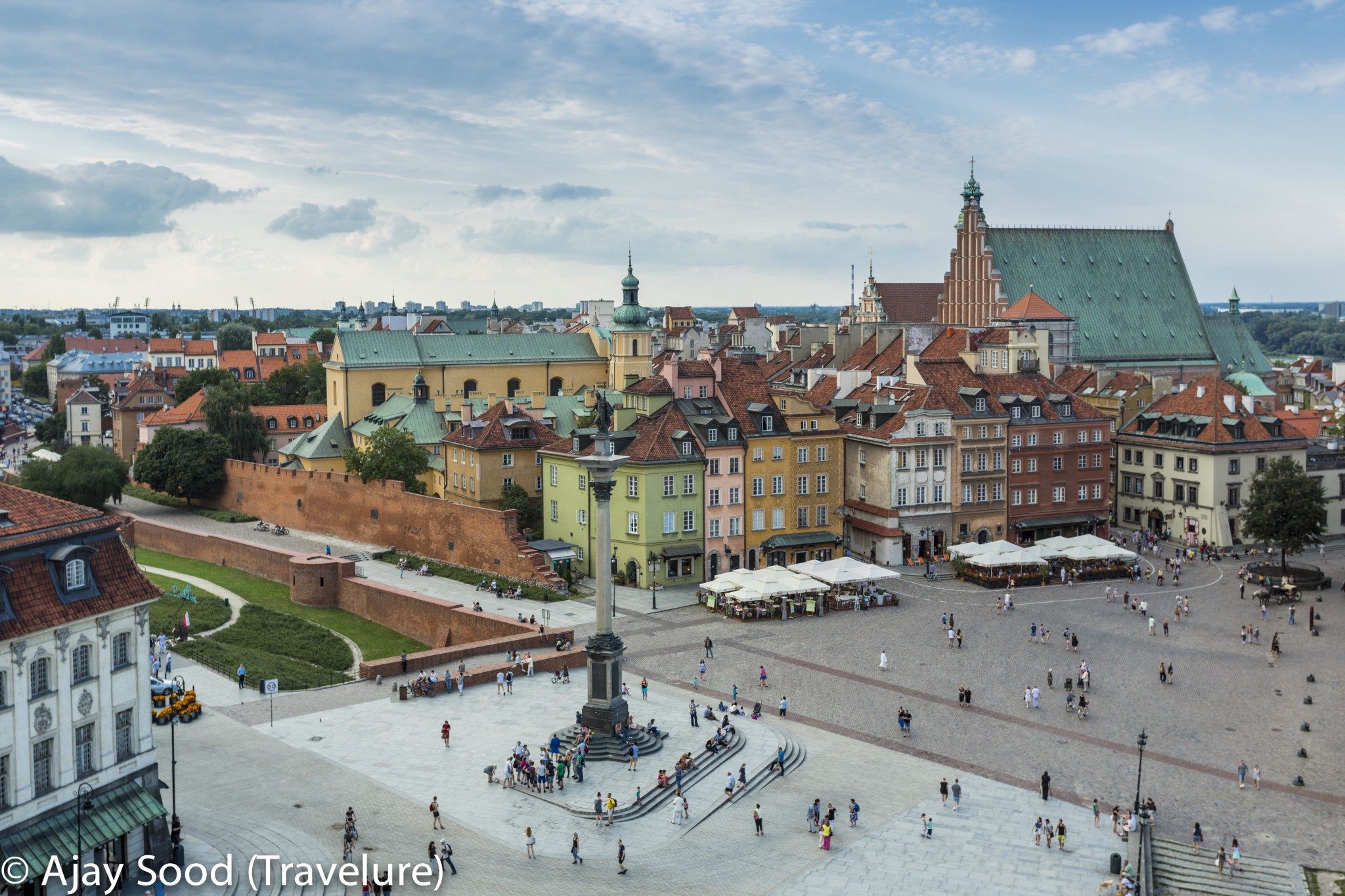Jaisalmer Fort, Jaisalmer, Rajasthan
270 km northwest of Mehrangarh (Jodhpur) lies Jaisalmer, its literal meaning being the hill fort of Jaisal. Built by King Rawal Jaisal in 1156 CE, Jaisalmer Fort is just 70 km from the India-Pakistan border and dominates the northwestern corner of Rajasthan. During medieval times, the small kingdom flourished as it was on the east-west trade corridor between India, Central Asia, Middle East, and North Africa.

Much-awarded Satyajit Ray film ‘Sonar Kila’ does justice to this magnificent structure in golden sandstone. It will be apt to call it a ‘Sonar Teela’ (golden hillock) as the hillock that houses it is just 100-metre high. One of the six hill forts of Rajasthan that UNESCO has together inscribed on the World Heritage list, Jaisalmer Fort is a living fort. It is in fact a city within a city.
While it was a kingdom, traders ruled here. They built havelis (mansions), bazaars, temples, and more. The double fortification wall with circular bastions provided mental peace to the wealthy. The Mori (hole) is the pathway between the walls for the soldiers and their mounts. An interesting feature here is the pitching wall that held the clay soil of the hill in place.

Jaisalmer Fort Today
As a living fort, it has seen a huge influx of tourists savouring pre-modernist lifestyle. They come to live like locals but seldom stay true to the cause. The residents have converted the residential quarters into lodges. The water usage within the precincts has increased by alarming proportions. And the fort built for arid climes cannot cope. Destabilisation has caused 87 of the 469 structures to collapse.

The government sat up and took note when UNESCO and INTACH (Indian National Trust for Art and Cultural Heritage) showed concern. An integrated water management initiative to provide separate storm-water and sewage lines is a ray of hope for this magnificence in stone. Post damage during an early 21st-century earthquake, UNESCO aid has not only helped keep a heritage structure alive but has helped the residents who call the fort their home, keep their home.
Inside Jaisalmer Fort
A virtual labyrinth with serpentine roads, 4000 inhabitants populate the fort even today. Shops, temples, residences, and the palace complex line the cobblestone pathways. Given its small area and undulating terrain, some structures within the fort are tall, up to 7-storey high. This gives the fort a compact, yet dense feel.
Today, as a visitor, you can spot locals hawking their artefacts, talent, merchandise, and guile. From Rajasthani print cloth to ethnic mirrors, from Rajasthani folk musicians to drapes and quilts, all are available to travellers for a song.
The place mills with its own share of confidence-tricksters and hoodwinks. Beware! But the silver lining is the Rajasthani value which calls out to travellers Padharo Mhare Des (Come to my homeland!) and accords them hospitality to last a lifetime. Visiting Jaisalmer soon?



























Jaisalmer Fort is really a one of the most famous tourist spot in Rajasthan. Thanks for sharing your experience with us. Wonderful blog.